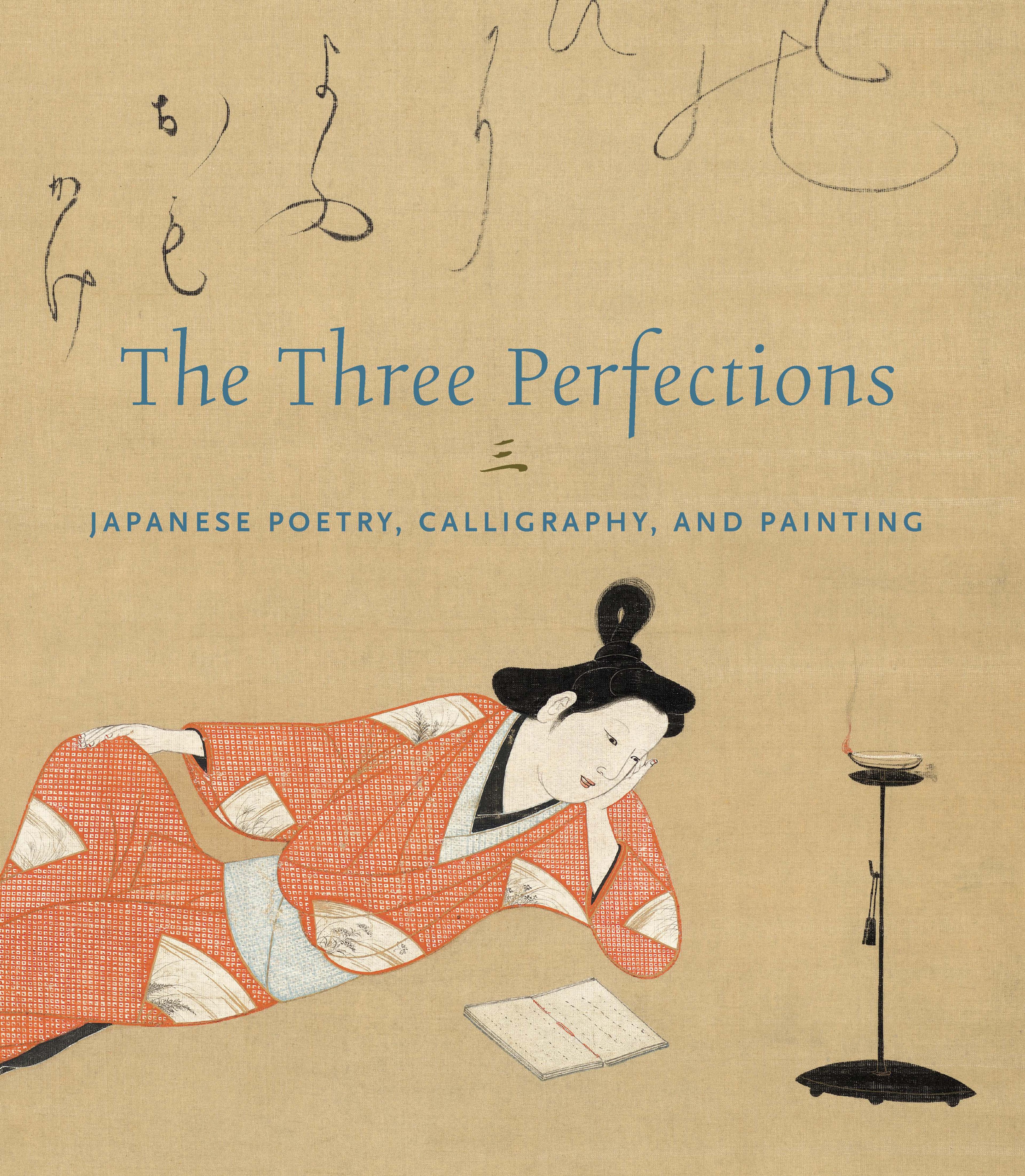Landscape in Blue and Green
Okuhara Seiko, born into a high-ranking samurai family, emerged as a prominent woman artist in the male-dominated literati tradition through her mastery of Chinese-style calligraphy, poetry, and painting. An example of her work in the blue-green (qinglu) mode of the landscape-painting tradition, the scroll includes a poem by the eighteenth-century military official Ren Jing, which reads:
好鳥知時日叫春 山中喚醒塵中人
披衣還問春消息 九十春光剩二旬
Attractive birds, aware of the season,
sing songs of spring every day.
And in the mountains, they rouse those
immersed in the dust of the world.
Still dressed in thick garments,
they inquire about the spring.
Of the ninety splendid days of spring,
only twenty remain.
好鳥知時日叫春 山中喚醒塵中人
披衣還問春消息 九十春光剩二旬
Attractive birds, aware of the season,
sing songs of spring every day.
And in the mountains, they rouse those
immersed in the dust of the world.
Still dressed in thick garments,
they inquire about the spring.
Of the ninety splendid days of spring,
only twenty remain.
Artwork Details
- 奥原晴湖筆 青緑山水図
- Title:Landscape in Blue and Green
- Artist:Okuhara Seiko (Japanese, 1837–1913)
- Period:Meiji period (1868–1912)
- Date:1899
- Culture:Japan
- Medium:Hanging scroll; ink and color on silk
- Dimensions:Image: 52 15/16 × 22 1/16 in. (134.5 × 56 cm)
Overall with mounting: 74 1/8 × 27 1/4 in. (188.3 × 69.2 cm)
Overall with knobs: 74 1/8 × 29 11/16 in. (188.3 × 75.4 cm) - Classification:Paintings
- Credit Line:Mary and Cheney Cowles Collection, Gift of Mary and Cheney Cowles, 2023
- Object Number:2023.583.41
- Curatorial Department: Asian Art
More Artwork
Research Resources
The Met provides unparalleled resources for research and welcomes an international community of students and scholars. The Met's Open Access API is where creators and researchers can connect to the The Met collection. Open Access data and public domain images are available for unrestricted commercial and noncommercial use without permission or fee.
To request images under copyright and other restrictions, please use this Image Request form.
Feedback
We continue to research and examine historical and cultural context for objects in The Met collection. If you have comments or questions about this object record, please contact us using the form below. The Museum looks forward to receiving your comments.
